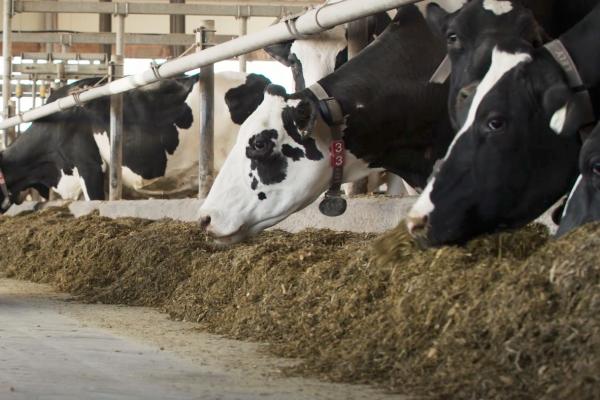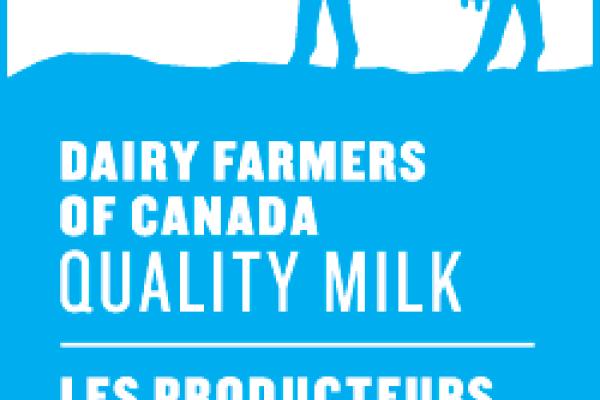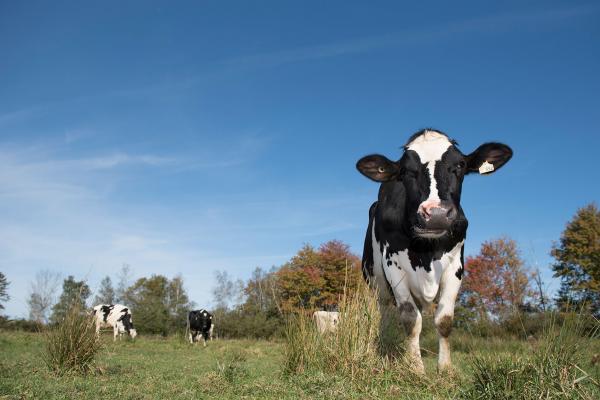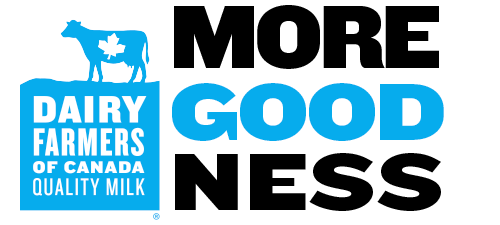Highlights
- Canadian dairy farmers view sustainability as a priority
- Many of them feel a sense of responsibility for the land they own and want to pass down to future generations
- Some farmers share steps they take to lower their environmental impact
We have one beautiful planet to live in. It’s our home. And to protect our home from any further damage brought on by climate change, finding ways to live more sustainably is a must. Canadian dairy farmers work closely with the land—their livelihoods are tied to it and are directly impacted by the effects of global warming. So needless to say, it’s something they take very seriously. But don’t take our word for it, here’s what they think:
Climate change is a pressing issue for Canadian dairy farmers
What rings clear when you speak to farmers about the environment, is that they feel connected to the land they work on. As Jeremy, a dairy farmer from Manitoba, says, “I own the land that I’m farming and when you own an asset, you look after it, you care for it, and you build it up.”
Many dairy farmers feel a sense of responsibility for the land they work on, so sustainability is something they think about every day. Jeremy continues to drive home this point, saying “throughout daily chores and yearly cropping plans, we are being stewards of our land to the best of our ability because we need to protect our assets, 100%.”
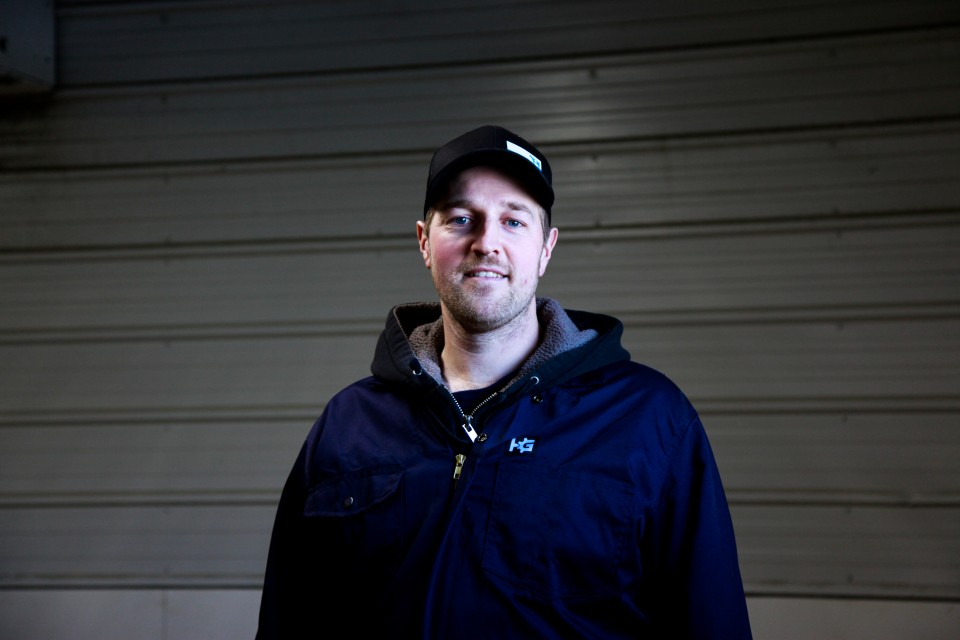
Steps towards sustainability: On the road to progress
“It now takes one third of the carbon footprint [to produce 1L of milk] than it did in the 1970s, part of this reason would be the new technologies that have come out to farmers,” says Jacob, a dairy farmer from Manitoba. Milk production has lowered its environmental impact over the years. Jacob continues to speak of the many steps he and other dairy farmers take to make sure this trend continues, some of which include reusing water that was used for cooling milk to then also wash equipment, and looking for new ways to minimize feed spoilage.
Michelle, a dairy farmer from Manitoba, adds that she feels Canadian dairy farmers strive to keep the environment as clean as possible by things like reusing—bagging up and recycling plastic and mesh from silage bags—and using manure to feed the land and help the crops grow.
Steps towards sustainable farming are taken every day, and improvements continue to take place as technological advancements and research help guide the journey.
Supply management and sustainable farming
Many of our dairy farmers also view supply management, a Canadian agricultural framework that controls the supply of dairy in Canada, as a system that promotes sustainability, as it prevents overproduction.
“We’re not trying to make an abundance of products that then we need to find markets for, we are only producing for ourselves and we only trying to feed the consumers that are growing in our country and not trying to feed the rest of the world. It’s made for Canadians, by Canadians. It’s all done by family farms and we’re just trying to make the best quality product. Ensuring that we're not making too much of the product, allows us to keep focusing on the quality, not on supply.” —Jacob, a dairy farmer from Manitoba
The Canadian dairy farm and soil biodiversity
Crop rotation is important to maintain the soil’s biodiversity. As biodiversity is often lost when farms grow only one crop (monoculture). Planning the rotation of various plants over a number of years help enrich the soil as well as fend off possible diseases and pathogens that could develop if the same crop was planted in a field year after year .
Fortunately, our Canadian dairy farmers have largely adopted crop rotation and see its value. Éveline, a dairy farmer from Quebec, weighs in on this issue, saying “dairy farmers will work a lot on improving the soil, notably through crop rotation. We have fodder, grains. It allows us to revitalize our agricultural land, to reduce our water supply. It ensures a beautiful biodiversity is brought back into the ground, and also allows us to reduce greenhouse gases. It allows us to improve our environmental practices. She adds that, “dairy farmers will also work with precision farming. They bring to the ground what it needs at the right time. It allows us to revalue the land, provide the soil with the microorganisms they need, reduce the water supply so as to produce the same amount with the least possible number of inputs.”

As we continue to look for ways to lower our environmental impact, Canadian dairy farmers keep issues of sustainability on the forefront. They strive to leave their land in conditions they can feel proud of, as many of them hope to pass on their farms to future generations.
